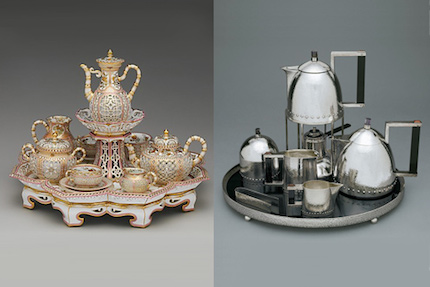 I was having a conversation with a client the other day. We were working on refining the mission statement and brand promise/elevator pitch for his company. He’s been in business for more than a dozen years, so he’s not new to this game. “People say this should be easy, but figuring this out is hard,” he said.
I was having a conversation with a client the other day. We were working on refining the mission statement and brand promise/elevator pitch for his company. He’s been in business for more than a dozen years, so he’s not new to this game. “People say this should be easy, but figuring this out is hard,” he said.It IS hard. Especially when you have good things to say and you care about reaching the right people.
I do it for a living, and it’s hard for me, too.
What comes first: the big overriding inspiration or the concrete thing? The plain thing, or the fancier thing? Which is more important, to make sure potential clients and customers understand what you’re about, or exactly what you do? Are those things different? Ask me on Tuesday and I’ll say one thing; ask me on Friday and I might say another. All of us marketing “experts”: don’t ever be fooled by our certainty or way with words. We’re all slipping around in this stuff.
That’s because it’s slippery. Articulating the one perfect statement about your company is a bit like stitching through layers of chiffon (think sheer curtains). You wrestle with the raw edges to line up your layers and pin them, but the minute you get everything under the machine needle, those layers still start sliding around. Hold it as tightly as you want: it’s still going to shift. A practiced hand can tame it some, but for the most part, it’s just the nature of the fibers.
Likewise, the nature of interconnected ideas is to slip around. Hold on to them, but recognize that they’re going to shift.
Two Kinds of Statements
I resolve this by knowing that there isn’t just one shot to get it “right.” Some of your brand communications can be lofty and aspirational, and some can be rather matter of fact. You can wax poetic about the core values that underpin your organization and also clearly define your concrete deliverable. You might be able to pull both things off in three or so brilliant and comprehensive lines (I never say never). But it’s more likely that you’ll need to take a layered approach, and use discernment about what is the most important thing to communicate in any particular moment.
Because, quite honestly, on any given day, either your inspiration or your deliverable could be the most important thing. The key, in my opinion, is not to sacrifice one for the other. Have them both at the ready.
What does this look like?
First, a concrete deliverable statement is likely going to have words like “industry,” “experts,” “brands,” “leading,” “provide,” “marketing,” “sales,” “increase,” “approach,” “customers,” “deliver,” “efficiency,” “B2B,” “process,” “solutions,” and “integrated” (just to name a few).
We provide integrated marketing solutions for brands in the healthcare industry.
Our leading enterprise software helps B2B companies increase sales and maximize efficiency.
Neither one of these examples is particularly beautiful, but you get the picture. It says what it needs to say. This is what we do. It’s good to have a clean statement that captures what you do.
It’s also good to have a statement that rouses the troops—the “big hope” idea, the vision you latch onto before you close your eyes at night, the thing that paints a picture of your company’s footprint in the world and makes a real emotional connection. It’s more likely to have words and phrases like, “the world,” “our planet,” “doing good,” “believe,” “create,” “connect,” “passion,” “better way,” “human beings,” “people,” and “change.”
We are out to change the way people think about health.
We connect human beings with the information that makes life better.
Again, these are somewhat bland. But you get the idea!
So . . . which one of these statements do you lead with? Well, I used to skew towards the aspirational one, and leave the detailed explanations for later. But I’ve swung back the other way—both in my own brand and in my work for clients. My home page used to be all about “connection,” because that is my “big hope” idea. Now, it’s about extraordinary content, because that more clearly articulates what I do (even though I’m still driven by the notion of connection). In a month, I might change my mind and rearrange yet again.
The work of articulating what you do and why you do it is never really finished. My advice isn’t about which statement you should use, it’s about being aware that there are different kinds of ways to say similar things, and they have different emotional resonances. It’s very important to get in touch with both layers.
So, yes, it’s hard! But it’s marketing, people. We’re not saving lives here. Unless you actually ARE saving lives—in which case you should absolutely point that out in both an inspiring and a concrete way.
Warmly,
Judi

